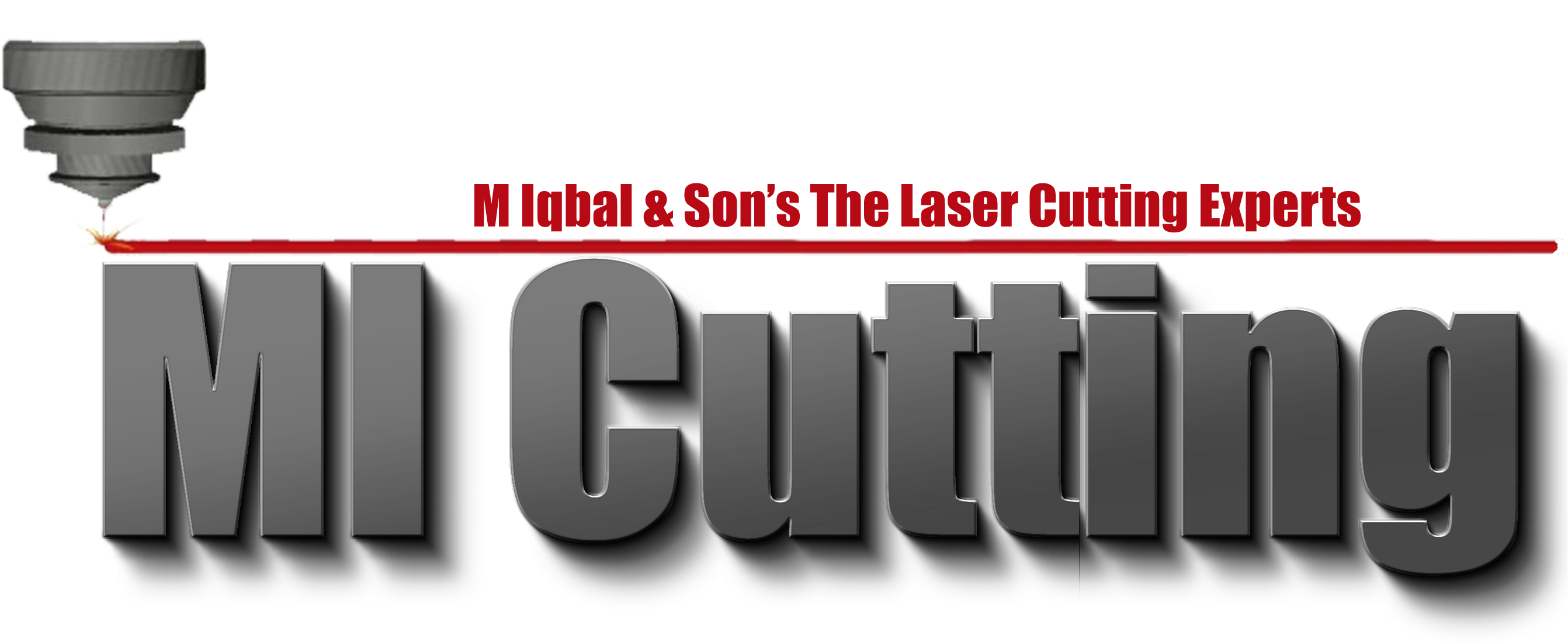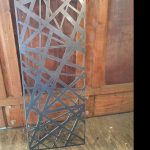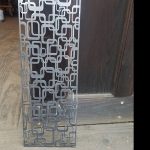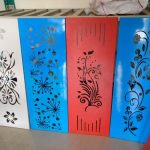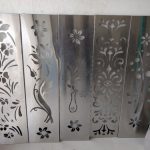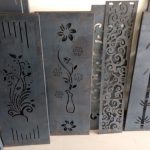Currently Empty: ₨0.00
Flame cutting is a destructive phenomenon that occurs in some firearms as a result of hot gases under high pressure. The most common manifestation is on the underside of a revolver top strap, where the hot, high-velocity gases released when a round is fired begin to cut through just above and in front of the cylinder.
